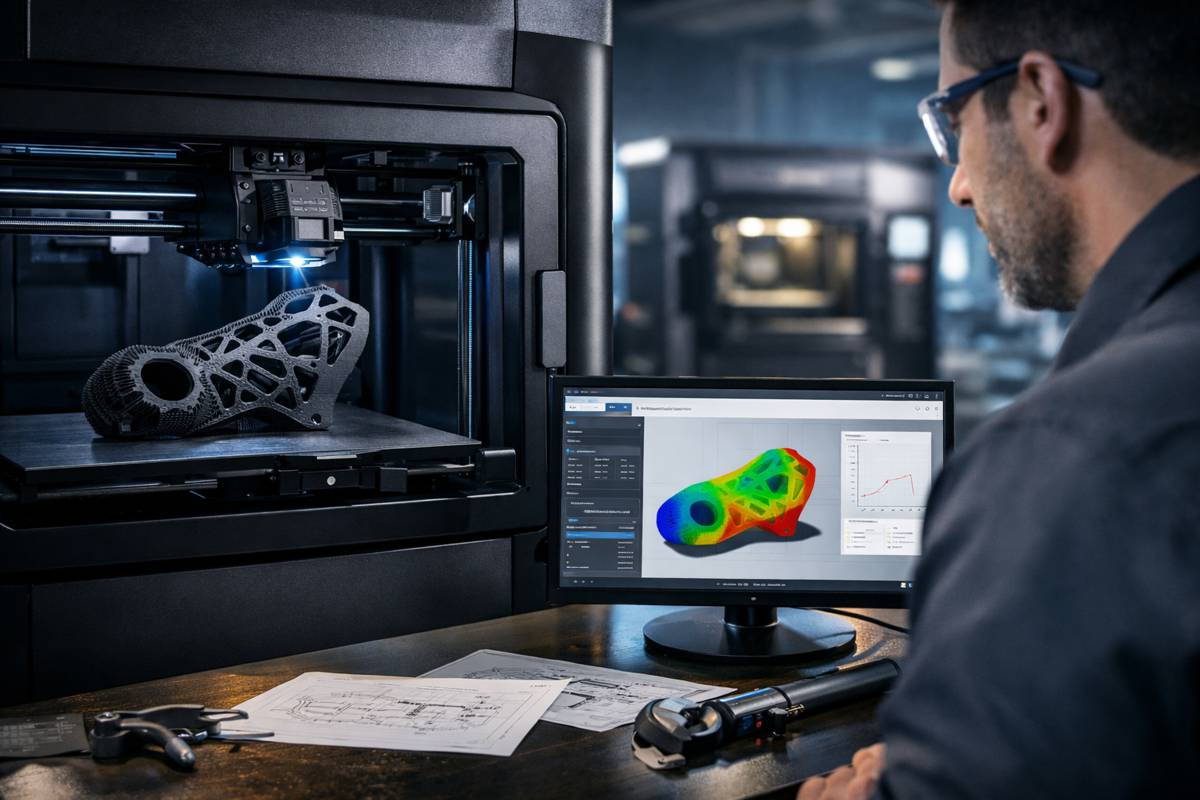Researchers explore Graphite with 2D and 3D properties
For decades, scientists have been probing the potential of two-dimensional materials to transform our world. 2D materials are only a single layer of atoms thick. Within them, subatomic particles like electrons can only move in two dimensions.
This simple restriction can trigger unusual electron behaviour, imbuing the materials with “exotic” properties like bizarre forms of magnetism, superconductivity and other collective behaviours among electrons — all of which could be useful in computing, communication, energy and other fields.
But researchers have generally assumed that these exotic 2D properties exist only in single-layer sheets, or short stacks. The so-called “bulk” versions of these materials — with their more complex 3D atomic structures — should behave differently.
Or so they thought.

In a paper published July 19 in Nature, a team led by researchers at the University of Washington reports that it is possible to imbue graphite — the bulk, 3D material found in No. 2 pencils – with physical properties similar to graphite’s 2D counterpart, graphene. Not only was this breakthrough unexpected, the team also believes its approach could be used to test whether similar types of bulk materials can also take on 2D-like properties. If so, 2D sheets won’t be the only source for scientists to fuel technological revolutions. Bulk, 3D materials could be just as useful.
“Stacking single layer on single layer — or two layers on two layers — has been the focus for unlocking new physics in 2D materials for several years now. In these experimental approaches, that’s where many interesting properties emerge,” said senior author Matthew Yankowitz, a UW assistant professor of physics and of materials science and engineering. “But what happens if you keep adding layers? Eventually it has to stop, right? That’s what intuition suggests. But in this case, intuition is wrong. It’s possible to mix 2D properties into 3D materials.”
The team, which also includes researchers at Osaka University and the National Institute for Materials Science in Japan, adapted an approach commonly used to probe and manipulate the properties of 2D materials: stacking 2D sheets together at a small twist angle. Yankowitz and his colleagues placed a single layer of graphene on top of a thin, bulk graphite crystal, and then introduced a twist angle of around 1 degree between graphite and graphene. They detected novel and unexpected electrical properties not just at the twisted interface, but deep in the bulk graphite as well.
The twist angle is critical to generating these properties, said Yankowitz, who is also a faculty member in the UW Clean Energy Institute and the UW Institute for Nano-Engineered Systems. A twist angle between 2D sheets, like two sheets of graphene, creates what’s called a moiré pattern, which alters the flow of charged particles like electrons and induces exotic properties in the material.
In the UW-led experiments with graphite and graphene, the twist angle also induced a moiré pattern, with surprising results. Even though only a single sheet of graphene atop the bulk crystal was twisted, researchers found that the electrical properties of the whole material differed markedly from typical graphite. And when they turned on a magnetic field, electrons deep in the graphite crystal adopted unusual properties similar to those of electrons at the twisted interface. Essentially, the single twisted graphene-graphite interface became inextricably mixed with the rest of the bulk graphite.
“Though we were generating the moiré pattern only at the surface of the graphite, the resulting properties were bleeding across the whole crystal,” said co-lead author Dacen Waters, a UW postdoctoral researcher in physics.
For 2D sheets, moiré patterns generate properties that could be useful for quantum computing and other applications. Inducing similar phenomena in 3D materials unlocks new approaches for studying unusual and exotic states of matter and how to bring them out of the laboratory and into our everyday lives.
“The entire crystal takes on this 2D state,” said co-lead author Ellis Thompson, a UW doctoral student in physics. “This is a fundamentally new way to affect electron behaviour in a bulk material.”
Yankowitz and his team believe their approach of generating a twist angle between graphene and a bulk graphite crystal could be used to create 2D-3D hybrids of its sister materials, including tungsten ditelluride and zirconium pentatelluride. This could unlock a new approach to re-engineering the properties of conventional bulk materials using a single 2D interface.
“This method could become a really rich playground for studying exciting new physical phenomena in materials with mixed 2D and 3D properties,” said Yankowitz.
Co-authors on paper are UW graduate student Esmeralda Arreguin-Martinez and UW postdoctoral researcher Yafei Ren, both in the Department of Materials Science and Engineering; Ting Cao, a UW assistant professor of materials science and engineering; Di Xiao, a UW professor of physics and chair of materials science and engineering; Manato Fujimoto of Osaka University; and Kenji Watanabe and Takashi Taniguchi of the National Institute for Materials Science in Japan.
The research was funded by the National Science Foundation; the U.S. Department of Energy; the UW Clean Energy Institute; the Office of the Director of National Intelligence; the Japan Science and Technology Agency; the Japan Society for the Promotion of Science; the Japanese Ministry of Education, Culture, Sports, Science and Technology; and the M.J. Murdock Charitable Trust.



















